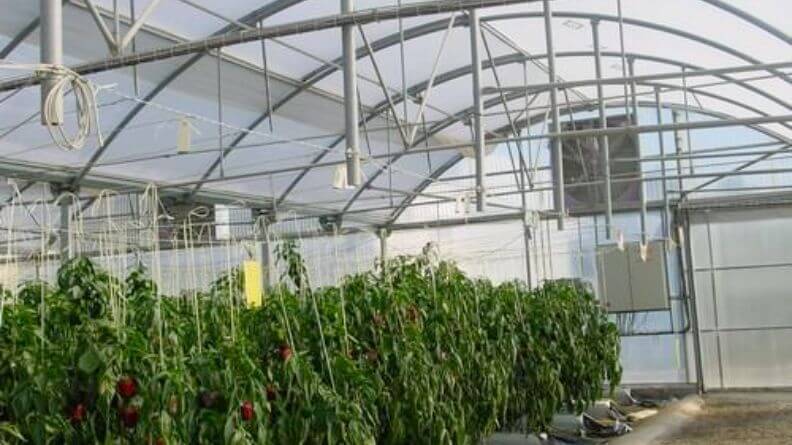
10 March 2016
One of the key objectives laid out by the Cajamar Chair of Economics and Agri-food of the University of Almería since its foundation in 2009 was to provide the agri-food sector with research findings and field work that could help us understand better the «high-yield horticultural production system of Almería», serve as valuable tools in the process of decision making in the technical, social and economic domains, and promote the benefits of this model on a global scale.
Throughout the various chapters of this book, this study analyses the greenhouse horticulture of Almería, starting with a brief historical overview, assessment of the current state, and description of the primary crops and different technological elements of the productive structures.
Subsequently, the process of data collection is described and the results of the technological evolution and its economic impact are shown.
Finally, the profile of the most profitable fruit-and-vegetable holding system for each region and crop type is described. The book concludes by summarising the main conclusions of this work.
Spanish version: 'Invernaderos de Almería. Análisis tecnología y rentabilidad'.




